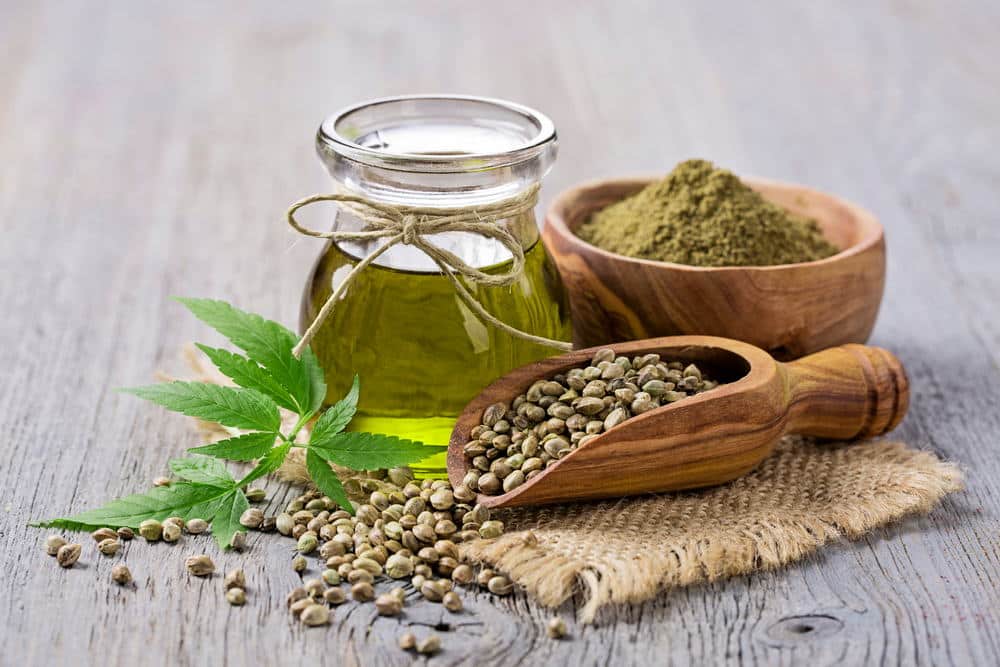
New patients are applying for their Utah Medical Cannabis Cards all the time. Growth has been so impressive that the Beehive State now counts approximately 70,000 active card holders. With so many people on board, it is not surprising to see some confusion.
We find that new patients are often confused about four things: cannabis, hemp, CBD, and THC. The confusion stems from the assumption that all four things are one and the same. They aren't. So to clear the air, let us discuss what makes them different.
Our discussion starts with the humble cannabis plant. Cannabis has been around for thousands of years. It is found around the world. Cannabis has historically been used for medical, industrial, and personal purposes throughout the centuries.
Like most plant species, cannabis is not a single type of plant. There are multiple varieties classified mainly by the chemical compounds they contain. The two most common cannabis types are marijuana and hemp. Herein lies the confusion.
When we talk about Medical Cannabis, we are referring to marijuana and marijuana-derived medicines. Utah lawmakers prefer the term “Medical Cannabis” over “medical marijuana” due to the link between marijuana and recreational consumption. Our program is strictly medical.
As for hemp, it is also a type of cannabis. Its compounds differ from those found in marijuana, so its effects on the human body are also different. The primary difference between Medical Cannabis and hemp is THC volume.
THC volume leads directly to the next point of confusion: THC versus CBD. Both are cannabinoids that naturally occur in cannabis plants. But THC and CBD are not the only cannabinoids. Cannabis plants contain more than 100 cannabinoids, in varying concentrations, along with dozens of terpenes.
Medical Cannabis producers routinely mix cannabinoids and terpenes to create unique profiles. Each profile offers something slightly different, giving Medical Cannabis patients choices in their search to find the best medicines.
Getting back to the main difference between hemp and Medical Cannabis, we are looking at a THC measurement. Again, remember that Medical Cannabis is marijuana used for medical purposes.
Under federal law, a cannabis plant with at least 0.3% THC content is marijuana. So Medical Cannabis products contain at least that much THC. On the other hand, a cannabis plant with less than 0.3% THC by volume is classified as hemp.
The predominant cannabinoid in marijuana and Medical Cannabis is THC. Likewise, the predominant cannabinoid in hemp is CBD. THC is psychoactive where CBD is not. Both cannabinoids have medical value, which is why both are discussed within the larger topic of Medical Cannabis.
The interesting thing about CBD is that it is legal across the country. You don't need a Medical Cannabis card to purchase CBD products. Moreover, they can be found just about anywhere. CBD is available at grocery stores, department stores, traditional pharmacies, etc. You can even buy it online.
THC is different. In Utah, Medical Cannabis can only be purchased at licensed pharmacies, for medicinal use. But there are some products with THC that can be sold over the counter without the need for a Medical Cannabis Card.
This is possible because of a federal law change that happened in 2018. By law, a hemp product sold in the United States must contain no more than .3% THC by dry weight. This means that an edible, such as a gummy, that weighs a total of 4 grams (4,000 milligrams) can contain up to 12 milligrams of hemp-derived THC. Click here for more information on purchasing federally compliant gummies made with hemp-derived THC.
Hopefully, this post has cleared up any confusion you may have had regarding hemp, marijuana, CBD, and THC. All four things are related in the sense that they all go back to the cannabis plant. Yet they are all distinct and different in their own ways.
Don't worry if you're still confused. There is a lot to learn in the Medical Cannabis space. You will get there in time.